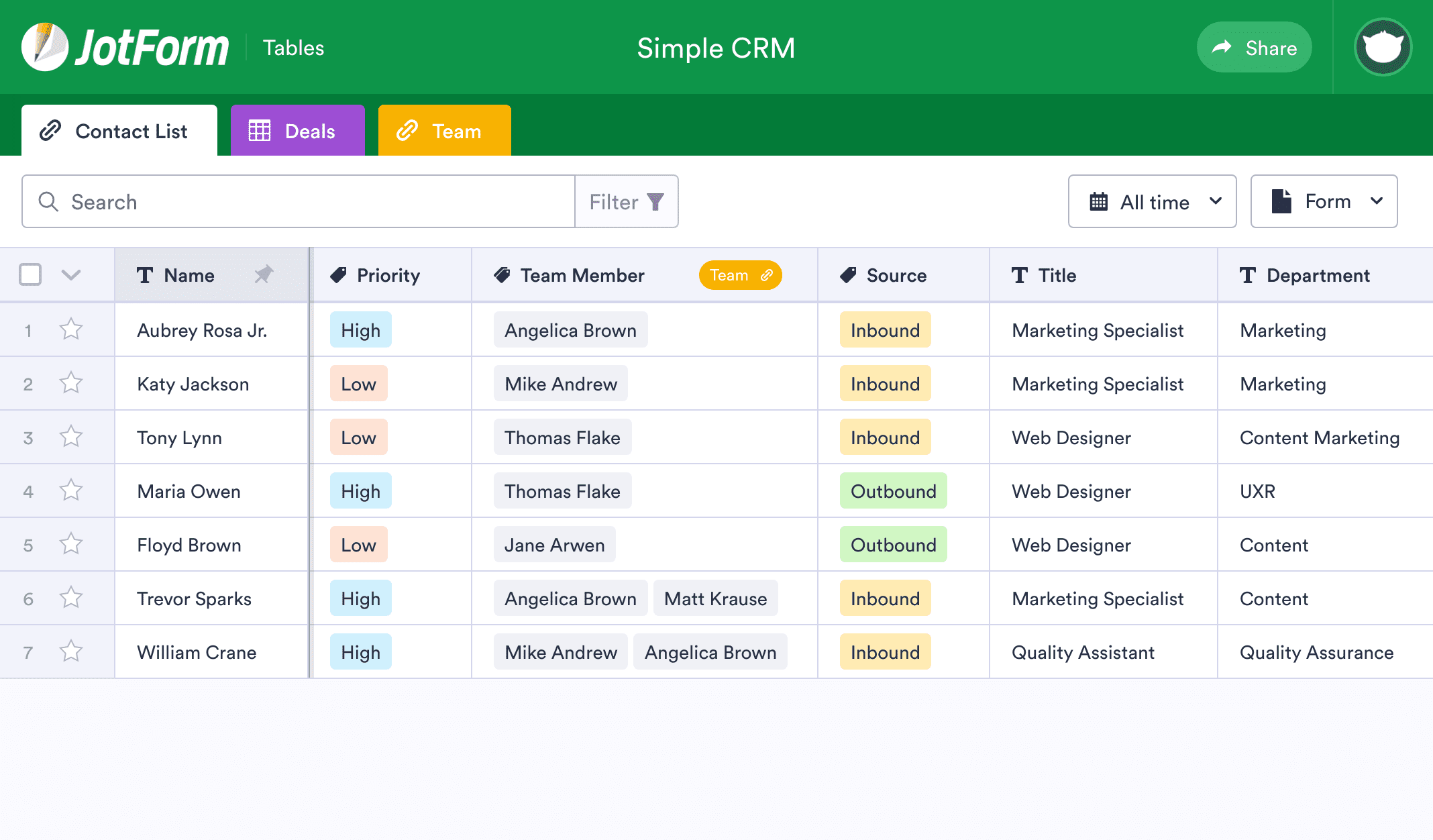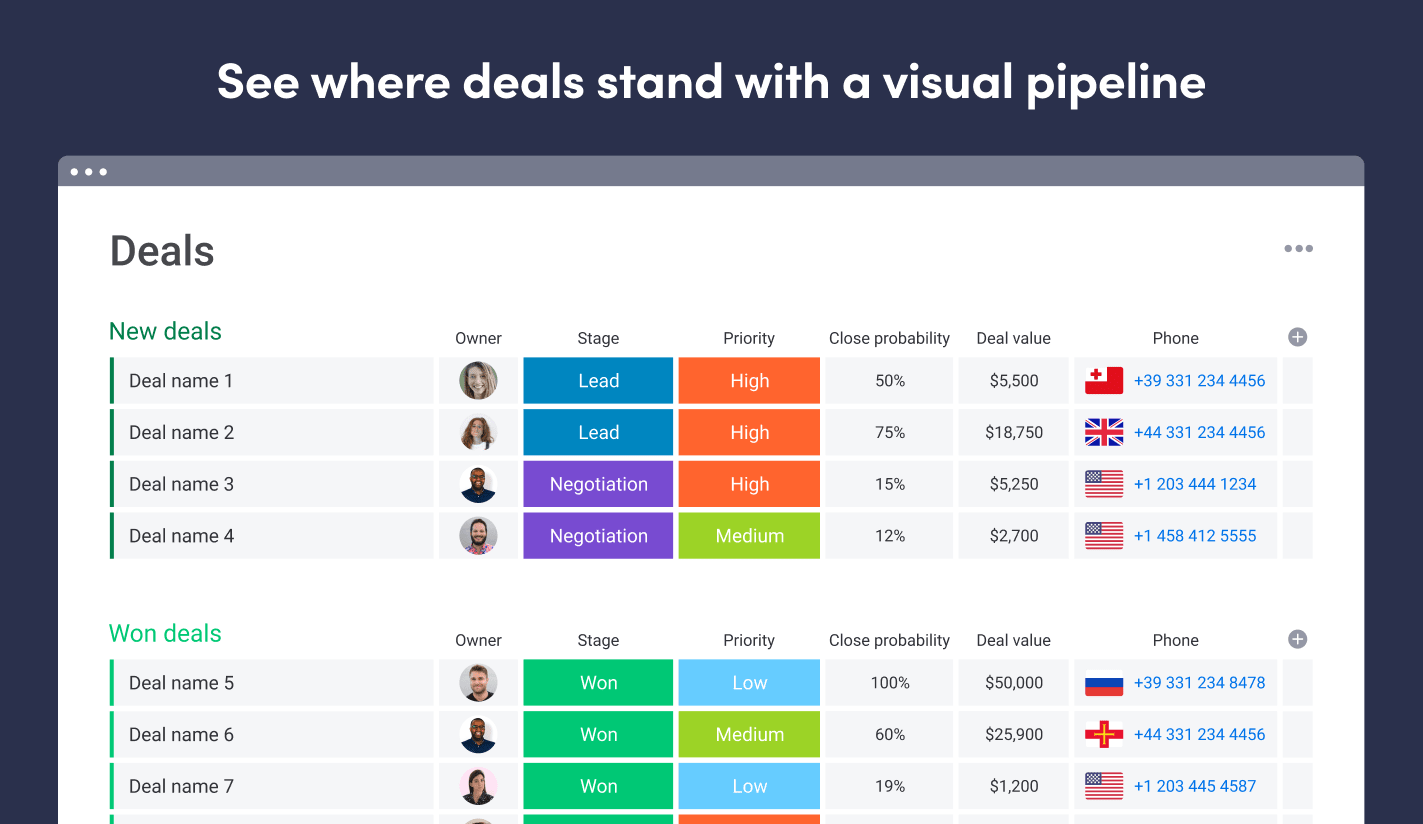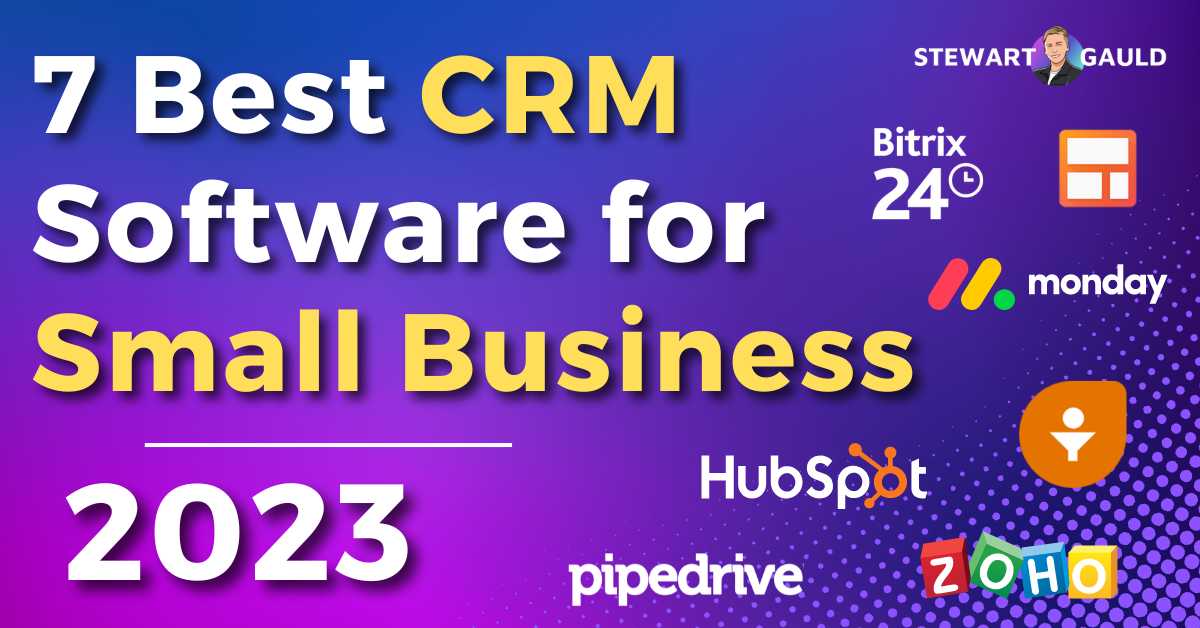Welcome to the world of best basic crm, where small businesses discover the power of customer relationship management. Dive into this comprehensive guide to understand the essential features, benefits, and considerations for choosing and implementing a basic CRM system that will revolutionize your customer interactions and drive business growth.
Whether you’re just starting out or looking to streamline your operations, a basic CRM can empower you to build stronger relationships, automate processes, and gain valuable insights that will transform your business.
CRM Features

A basic CRM system provides essential functionalities to streamline customer relationship management. These features include:
Contact Management
- Store and organize customer contact information (e.g., name, email, phone number)
- Segment contacts based on demographics, preferences, and behavior
- Track customer interactions and communication history
Lead Tracking
- Capture and qualify potential customers (leads)
- Assign leads to sales representatives for follow-up
- Track lead progress through different stages of the sales funnel
Sales Pipelines
- Create and manage custom sales pipelines
- Define stages and milestones in the sales process
- Track sales opportunities and forecast revenue
Benefits of a Basic CRM
A basic CRM system offers a range of advantages for small businesses, enhancing their operations and customer interactions.
One of the primary benefits is improved customer relationships. By centralizing customer data, a CRM allows businesses to track interactions, preferences, and communication history. This enables personalized and targeted outreach, fostering stronger connections with customers.
Streamlined Processes
A basic CRM streamlines business processes by automating repetitive tasks. Features like contact management, lead tracking, and appointment scheduling reduce manual effort, freeing up time for more strategic initiatives.
Increased Efficiency, Best basic crm
By eliminating the need for manual data entry and spreadsheets, a CRM improves efficiency. Automated workflows and centralized information reduce errors and delays, leading to faster response times and improved productivity.
Comparison of Basic CRM Systems
When selecting a basic CRM system, it’s crucial to compare different providers to find the best fit for your needs. This table provides an overview of key features, pricing, and user reviews of three reputable CRM providers.
Feature Comparison
| Feature | CRM Provider 1 | CRM Provider 2 | CRM Provider 3 |
|---|---|---|---|
| Contact Management | Yes | Yes | Yes |
| Lead Tracking | Yes | Yes | Yes |
| Sales Pipeline Management | Yes | Yes | No |
| Customer Support | 24/7 Email and Phone | 24/7 Live Chat | Business Hours Phone |
Pricing Comparison
| Pricing | CRM Provider 1 | CRM Provider 2 | CRM Provider 3 |
|---|---|---|---|
| Basic Plan | $29/month | $39/month | $49/month |
| Premium Plan | $59/month | $79/month | $99/month |
User Reviews
| User Reviews | CRM Provider 1 | CRM Provider 2 | CRM Provider 3 |
|---|---|---|---|
| G2 Rating | 4.5 | 4.7 | 4.2 |
| Capterra Rating | 4.4 | 4.6 | 4.1 |
Considerations for Choosing a Basic CRM

When selecting a basic CRM system, it is crucial to consider various factors that align with your business needs and goals. Key aspects to evaluate include:
- Scalability:Ensure the CRM can accommodate your business growth and future requirements. Consider the number of users, data volume, and potential integrations.
- Integrations:Determine the integrations available with other business applications, such as email marketing, accounting software, and project management tools. Seamless integration streamlines workflows and enhances productivity.
- Ease of Use:The CRM should be user-friendly and intuitive to navigate. A complex system can hinder adoption and limit its effectiveness.
Implementation and Best Practices: Best Basic Crm
Implementing and using a basic CRM effectively requires a well-structured approach and adherence to best practices. Here’s a comprehensive guide to ensure a successful implementation and maximize the benefits of your CRM system.
The key to successful CRM implementation lies in planning, communication, and ongoing evaluation. Follow these steps to ensure a smooth and effective implementation process:
Step 1: Define Your Goals and Objectives
- Determine the specific business goals you aim to achieve with your CRM system, such as improved customer service, increased sales, or enhanced marketing campaigns.
- Define clear and measurable objectives that align with your overall business strategy.
Step 2: Choose the Right CRM System
- Evaluate different CRM systems based on your specific requirements, budget, and industry needs.
- Consider factors such as ease of use, customization options, integration capabilities, and customer support.
Step 3: Data Migration and Integration
- Migrate existing customer data from spreadsheets or other systems into your new CRM.
- Integrate your CRM with other business applications, such as email marketing platforms or accounting software, to streamline processes and improve data accuracy.
Step 4: User Training and Adoption
- Provide comprehensive training to all users on how to effectively use the CRM system.
- Encourage user adoption by demonstrating the benefits of the system and addressing any concerns.
Step 5: Data Management and Analysis
- Establish clear data management protocols to ensure data accuracy and consistency.
- Regularly analyze CRM data to identify trends, measure performance, and make informed decisions.
Best Practices for Maximizing CRM Effectiveness
Beyond implementation, follow these best practices to maximize the effectiveness of your basic CRM system:
- Maintain data quality:Regularly clean and update customer data to ensure accuracy and reliability.
- Foster user adoption:Encourage active use of the CRM by providing ongoing support and addressing user feedback.
- Integrate with other systems:Connect your CRM with other business applications to streamline workflows and improve efficiency.
- Use reporting and analytics:Leverage CRM reporting and analytics capabilities to track progress, identify areas for improvement, and make data-driven decisions.
Case Studies and Success Stories
Let’s delve into real-world examples of small businesses that have harnessed the power of basic CRMs to drive tangible results.
Small Business A
Small Business A, a local bakery, implemented a basic CRM to streamline its customer interactions and track sales leads. The CRM helped the bakery centralize customer information, allowing for personalized communication and targeted marketing campaigns. As a result, the bakery experienced a significant increase in customer loyalty and repeat purchases.
Small Business B
Small Business B, a construction company, adopted a basic CRM to manage project timelines and client relationships. The CRM enabled the company to track project progress, communicate effectively with clients, and identify potential roadblocks early on. By leveraging the CRM, the construction company enhanced its project management capabilities, improved client satisfaction, and increased its profit margins.
Final Review

In conclusion, best basic crm is not just a tool; it’s an investment in the future of your small business. By embracing the power of customer relationship management, you can unlock a world of possibilities, enhance customer satisfaction, and propel your business towards success.
Commonly Asked Questions
What are the key features of a basic CRM system?
Essential features include contact management, lead tracking, sales pipelines, task management, and reporting.
How can a basic CRM benefit my small business?
Improved customer relationships, streamlined processes, increased efficiency, better sales management, and enhanced decision-making.
What factors should I consider when choosing a basic CRM?
Scalability, integrations, ease of use, pricing, and customer support.